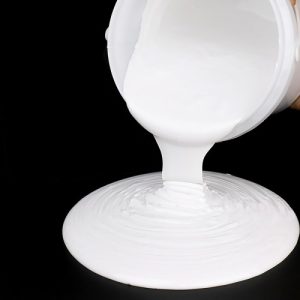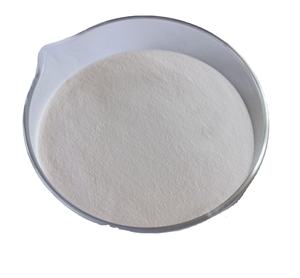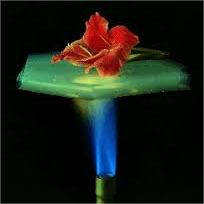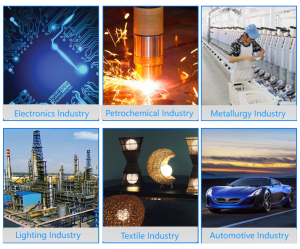Professional industry ceramic supplier, silicon nitride, silicon carbide, aluminum nitride and any other kinds of ceramics.
1. Introduction
Just 36 hours ago, De Beers announced a major pivot: it’s investing $94 million into scaling up its lab-grown diamond production facility in the U.S. Why? Because global demand for synthetic gems has surged by 22% year-over-year—and it’s not just for jewelry. From quantum sensors to semiconductor substrates, lab diamonds are the new silicon.
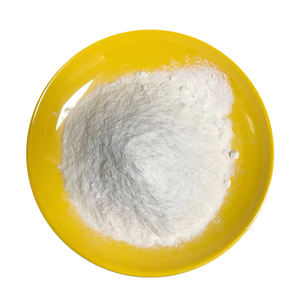
And behind every flawless, man-made diamond is a silent hero: the silicon carbide crucible. Yes, that unassuming black ceramic pot is the unsung MVP of the HPHT (High-Pressure High-Temperature) process. Forget your silicon carbide ceramic dinner plates or butter dishes—this is where the real magic (and heat) happens.
2. Why Silicon Carbide Crucibles Rule the Diamond Lab
Lab-grown diamonds require conditions that would vaporize most materials: temperatures above 1,400°C and pressures exceeding 5 GPa. Enter the silicon carbide crucible—a vessel forged from one of the toughest advanced ceramics on Earth.
Silicon carbide doesn’t just survive these extremes; it thrives. With a thermal conductivity rivaling some metals and oxidation resistance up to 1,600°C, it maintains structural integrity while other ceramics crack, warp, or contaminate the melt.
- Unlike zirconia crucibles, which can introduce oxygen impurities, silicon carbide is chemically inert in carbon-rich environments.
- Compared to alumina (Al2O3) or aluminum oxide ceramics, silicon carbide offers superior thermal shock resistance—critical when ramping up or cooling down diamond growth cycles.
- And while boron carbide vs silicon carbide debates rage in armor circles, boron carbide is simply too expensive and brittle for large-scale crucible use in diamond synthesis.

3. Silicon Carbide vs. Silicon Nitride: A Crucible Showdown
You might wonder: what about silicon nitride? After all, there’s a whole silicon nitride crucible factory churning out si3n4 vessels for aerospace and metallurgy. But here’s the kicker: silicon nitride reacts with molten carbon at high temps, forming gaseous byproducts that ruin diamond nucleation.
Silicon carbide, on the other hand, is carbon-compatible. It’s literally made of silicon and carbon—so it plays nice with the graphite solvent-catalyst mix used in HPHT chambers. No surprise, then, that leading diamond growers swear by custom silicon carbide crucibles, not silicon nitride rings or plates.
Fun fact: even a ‘custom silicon nitride heat shield’ won’t save your diamond run if the crucible itself is the wrong material. Chemistry doesn’t negotiate.
4. Beyond Diamonds: Where Else These Crucibles Shine

While lab diamonds are the headline act, silicon carbide crucibles also star in other high-stakes niches:
- Melting rare-earth metals like neodymium without contamination.
- Processing ultra-pure silicon for next-gen solar cells.
- Holding molten boron nitride in specialized evaporation boats (though boron nitride ceramics have their own crucible game).
Meanwhile, your silicon carbide ceramic baking dish or casserole dish with lid? Adorable—but it’s sintered at lower temps and designed for aesthetics, not atomic-level purity. Don’t try growing diamonds in your Staub knockoff.
5. The Bigger Picture: Advanced Ceramics in Modern Industry
The rise of the silicon carbide crucible reflects a broader trend: advanced ceramics are no longer just lab curiosities. From silicon carbide burner nozzles in industrial furnaces to silicon carbide ceramic tubes for thermocouple protection, these materials enable technologies once deemed impossible.
Even silicon carbide ceramic tiles—often confused with dinnerware—are used in ballistic armor and semiconductor cleanrooms. And while you can buy silicon carbide black ceramic plates for your avocado toast, they won’t survive a furnace cycle.
What ties it all together? Precision engineering. Whether it’s an RBSiC silicon carbide tile block for a satellite or a porous silicon carbide tube for filtration, the manufacturing process demands micron-level control—far beyond what’s needed for a silicon carbide ceramic salad bowl.
6. Conclusion
So next time you admire a lab-grown diamond, tip your hat to the humble silicon carbide crucible. It may not sparkle, but without it, the entire synthetic gem industry would melt down—literally. In the world of advanced ceramics, sometimes the most critical components are the ones you never see… unless you’re peering into a 1,500°C furnace.
Our Website founded on October 17, 2012, is a high-tech enterprise committed to the research and development, production, processing, sales and technical services of ceramic relative materials such as Silicon. Our products includes but not limited to Boron Carbide Ceramic Products, Boron Nitride Ceramic Products, Silicon Carbide Ceramic Products, Silicon Nitride Ceramic Products, Zirconium Dioxide Ceramic Products, etc. If you are interested, please feel free to contact us.



